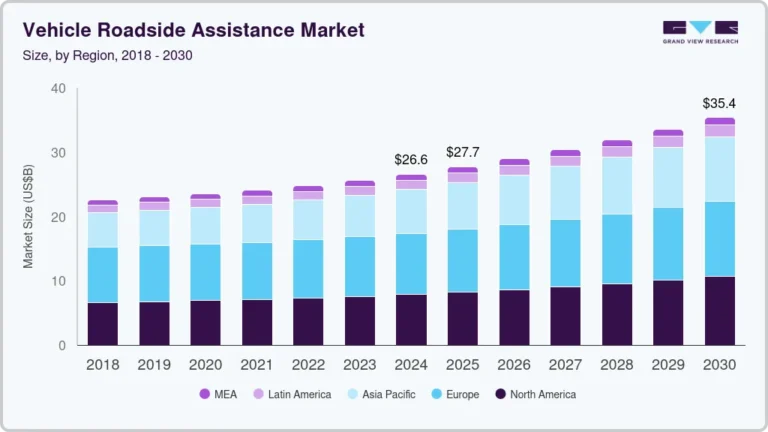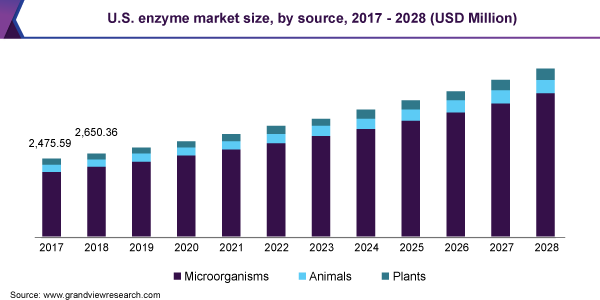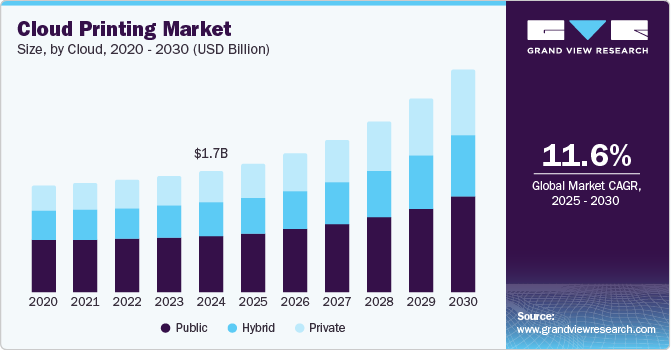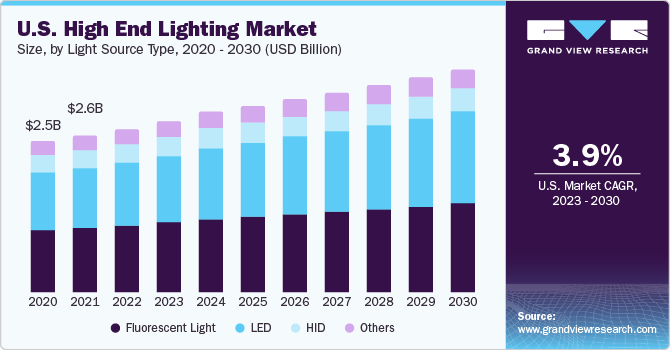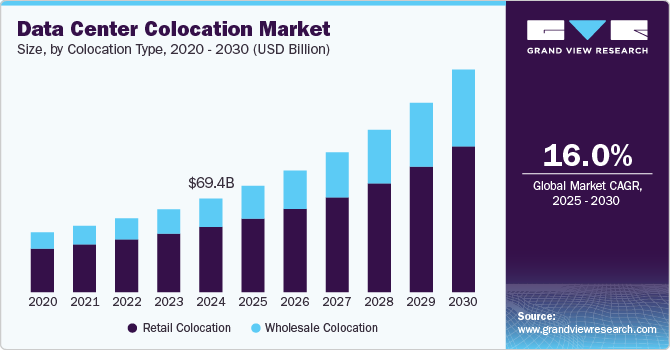Social Commerce Market Size, Share & Trends Analysis growing at a CAGR of 36.4% from 2025 to 2033
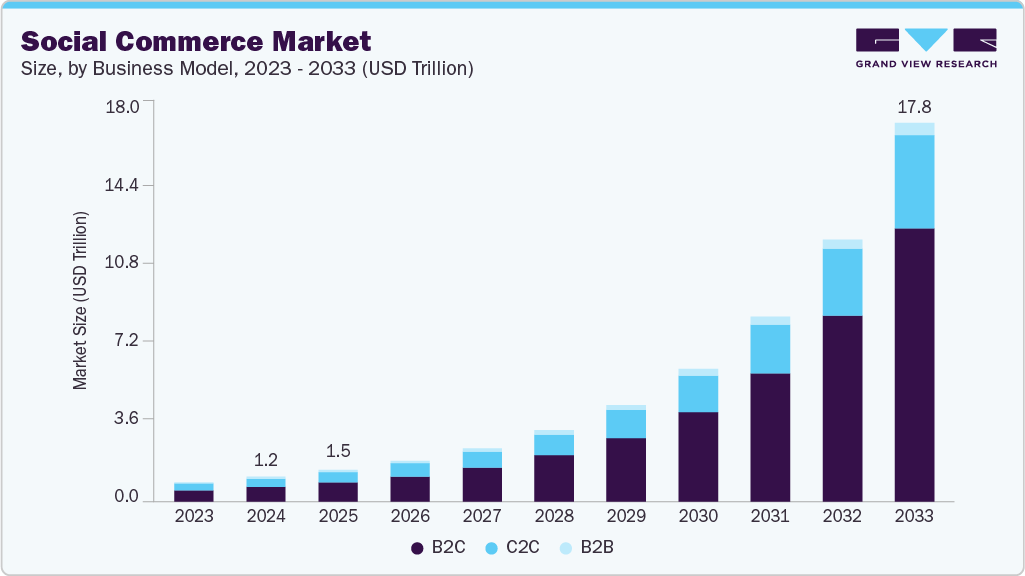
The global social commerce market size was estimated at USD 1.16 trillion in 2024 and is projected to reach USD 17.83 trillion by 2033, growing at a CAGR of 36.4% from 2025 to 2033 owing to the increasing global penetration of social media platforms. These platforms have evolved from mere networking tools into powerful sales channels with integrated shopping functionalities.
Key Market Trends & Insights
- Asia Pacific social commerce dominated the global market with the largest revenue share of 71.6% in 2024.
- The social commerce industry in U.S. is expected to grow significantly over the forecast period.
- By business model, B2C led the market and held the largest revenue share of 58.8% in 2024.
- By product type, the personal & beauty care segment held the dominant position in the market and accounted for the largest revenue share in 2024.
- By platform/sales channel, the social network-led commerce segment is expected to grow at the fastest CAGR from 2025 to 2033.
Market Size & Forecast
- 2024 Market Size: USD 1.16 Trillion
- 2033 Projected Market Size: USD 17.83 Trillion
- CAGR (2025-2033): 36.4%
- Asia Pacific: Largest market in 2024
Request a free sample copy or view report summary: https://www.grandviewresearch.com/industry-analysis/social-commerce-market/request/rs1
The growing user base, particularly among Millennials and Gen Z, who prefer interactive and real-time shopping experiences, provides a large and engaged audience for brands. Social media platforms’ algorithms personalize content based on user behavior, making product discovery seamless and intuitive, further boosting reach.
Social media companies are rapidly enhancing their platforms with features such as shoppable posts, live-stream shopping, in-app checkout, and AI-driven product recommendations. These innovations eliminate friction from the buyer journey by reducing the number of steps from discovery to purchase. For example, TikTok Shop and Instagram Checkout enable users to complete purchases without leaving the app, increasing conversion rates and reducing cart abandonment. These features also support impulse buying and capitalize on user engagement within the platform.
The global shift toward mobile-first internet usage is fueling social commerce industry growth. Consumers, especially in emerging markets, rely heavily on smartphones for internet access and retail interactions. The integration of seamless digital payment options such as Apple Pay, Google Pay, UPI (India), and local e-wallets enhances transaction security and convenience, encouraging consumers to shop through social platforms. Combined with mobile-optimized interfaces, this trend supports the rapid expansion of social commerce in both mature and developing markets. According to the GSMA Association’s State of Mobile Internet Connectivity 2024 report, around 4.6 billion individuals, equivalent to 57% of the global population, can access mobile internet using their devices.
Business Model Insights
The B2C segment dominated the market and accounted for the revenue share of 58.8% in 2024, driven by the increasing preference for direct brand-to-consumer interactions, enabling greater control over customer experience and brand messaging. Consumers are showing a rising appetite for personalized, story-driven content that B2C brands can deliver effectively via social platforms, enhancing engagement and loyalty. In addition, the integration of end-to-end shopping features within social media, such as product tagging, live demonstrations, and instant customer service, allows B2C brands to streamline the path to purchase and reduce dependency on third-party retailers.


